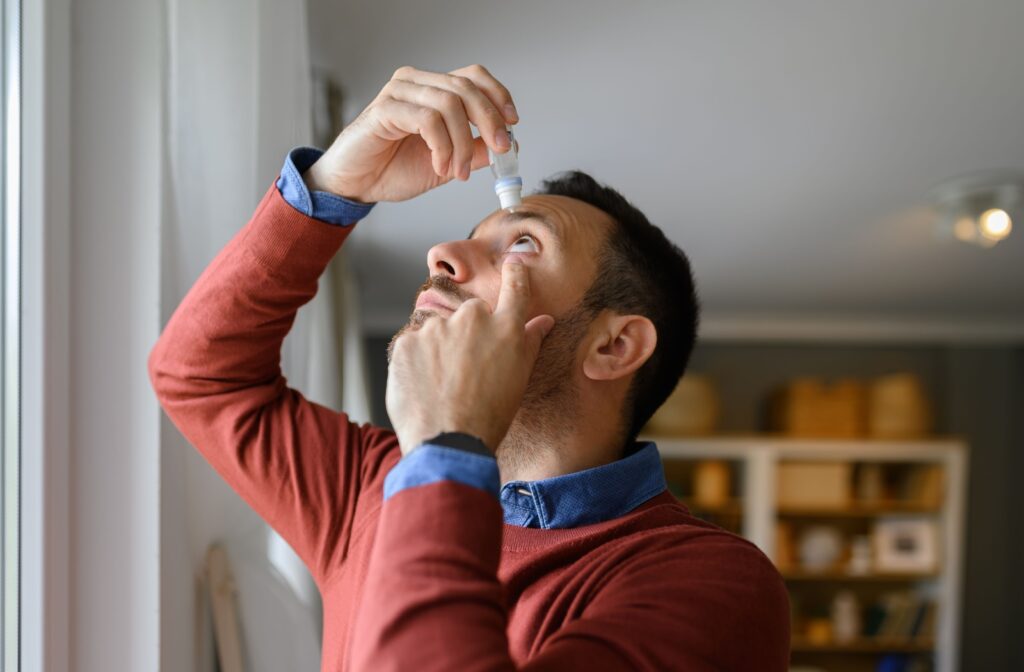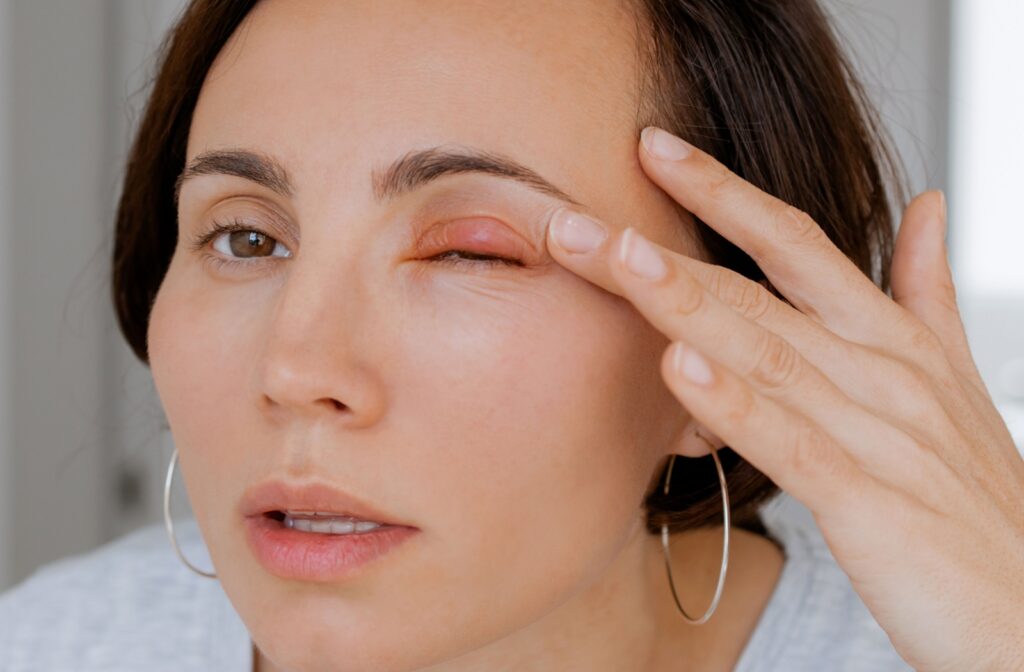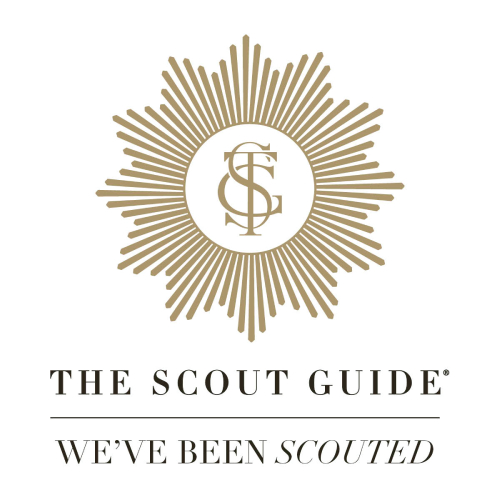Dry eyes and styes are two common eye health conditions that many people experience at different points in their lives. Both can cause discomfort and irritation, but is there a connection between them?
Understanding Dry Eyes
Dry eyes occur when your eyes do not produce enough tears or when the tears evaporate too quickly. Tears are essential for maintaining the health of the front surface of the eye and for providing clear vision. Several factors can contribute to dry eyes, including:
- Aging
- Environmental conditions (wind, smoke, dry air)
- Prolonged screen time
- Certain medications (antihistamines, decongestants, antidepressants)
- Medical conditions (diabetes, rheumatoid arthritis)
Symptoms of Dry Eyes
- A stinging or burning sensation
- Redness
- Sensitivity to light
- A feeling of having something in your eyes
- Difficulty wearing contact lenses
- Blurred vision or eye fatigue
What are Styes?
A stye, also known as a hordeolum, is a painful red bump that forms on the edge of the eyelid. It results from a bacterial infection of the oil glands in the eyelid. Styes can be external or internal, depending on which gland is infected.
Symptoms of Styes
- A red, tender bump near the edge of the eyelid
- Swelling of the eyelid
- Pain or tenderness in the affected area
- Crusting around the eyelid
- A sensation of fullness in the eyelid
Can Dry Eyes Cause Styes?
While dry eyes do not directly cause styes, they can contribute to the development of this condition. Dry eyes can lead to irritation and inflammation of the eyelids, which in turn can create an environment more susceptible to bacterial infections. When the glands along the edge of the eyelid become blocked or irritated, it increases the likelihood of a stye forming. Here’s how:
Increased Risk of Infection
Dry eyes can lead to small cracks or openings on the surface of the eye and eyelids. These tiny breaks can make it easier for bacteria to enter and infect the oil glands in the eyelid, leading to styes.
Inflammation
Chronic dry eye can cause inflammation of the eyelids, a condition known as blepharitis. Blepharitis often results in clogged oil glands, creating an environment where bacteria can thrive and cause styes.
Poor Tear Film Quality
A healthy tear film helps to flush out debris and microorganisms from the surface of the eye. When the tear film is compromised due to dry eyes, it may not effectively remove bacteria, increasing the likelihood of infections such as styes.

Preventive Measures for Eye Health
Maintaining good eye hygiene and addressing dry eye symptoms can help reduce the risk of developing styes. Here are some tips to keep your eyes healthy:
- Regularly wash your hands and avoid touching your eyes, especially if your hands are not clean.
- Clean your eyelids and eyelashes gently using a mild soap or a designated eyelid scrub.
- Use artificial tears or lubricating eye drops to alleviate dry eye symptoms and keep your eyes moist.
- Ensure that makeup and contact lenses are used hygienically; never share makeup and always clean and store contact lenses properly.
- Take breaks from screens to reduce eye strain and dryness.
- Maintain a balanced diet rich in vitamins and omega-3 fatty acids to support overall eye health.
- Visit an eye care professional regularly for check-ups and to address any eye concerns promptly.
Manage Dry Eye Symptoms
- Use artificial tears or lubricating eye drops to keep your eyes moist.
- Take regular breaks during prolonged screen time to rest your eyes.
- Use a humidifier to add moisture to the air in your home or workplace.
Practice Good Eye Hygiene
- Clean your eyelids gently with a warm, damp cloth to remove any debris or crusting.
- Avoid touching your eyes with unwashed hands.
- Replace eye makeup regularly and avoid sharing makeup with others.
Seek Professional Help
If you experience persistent dry eye symptoms, such as itching, burning, or a gritty sensation, or recurrent styes, consult an eye care professional.
They can recommend treatments such as prescription eye drops to lubricate and protect the eye surface, eyelid scrubs to remove debris and bacteria, or other therapies like warm compresses or specialized medications to manage your condition effectively.
Early consultation and appropriate treatment can help prevent further complications and ensure the health of your eyes.
The Path Towards Understanding Dry Eyes & Styes
While dry eyes do not directly cause styes, they can create conditions that make it easier for infections to develop.
By managing dry eye symptoms and maintaining good eye hygiene, you can reduce your risk of developing styes and other eye-related issues. Remember, your eye health is crucial, so take proactive steps to care for your eyes and book a consultation at Pinnacle Eyecare today!
Stay informed, stay healthy, and keep your eyes in the best shape possible!






